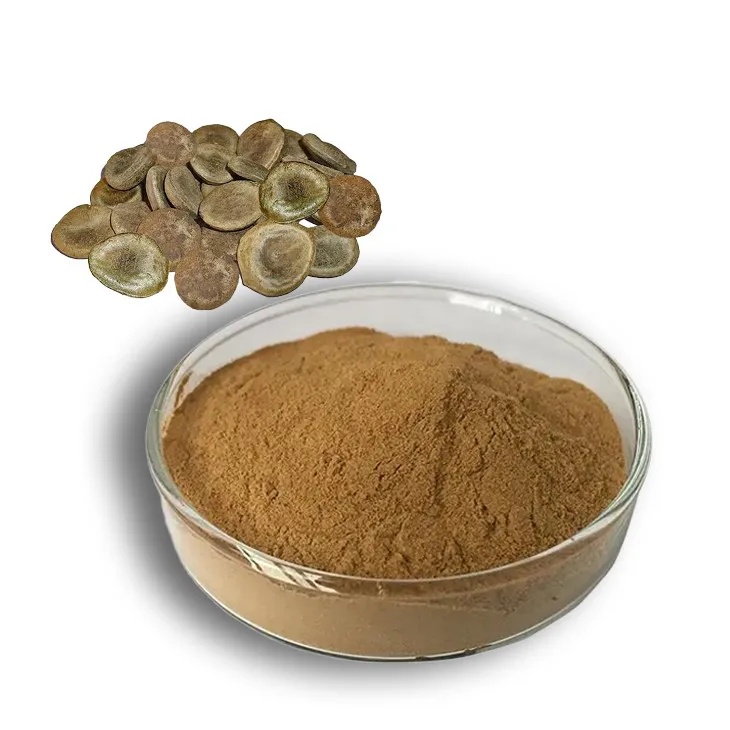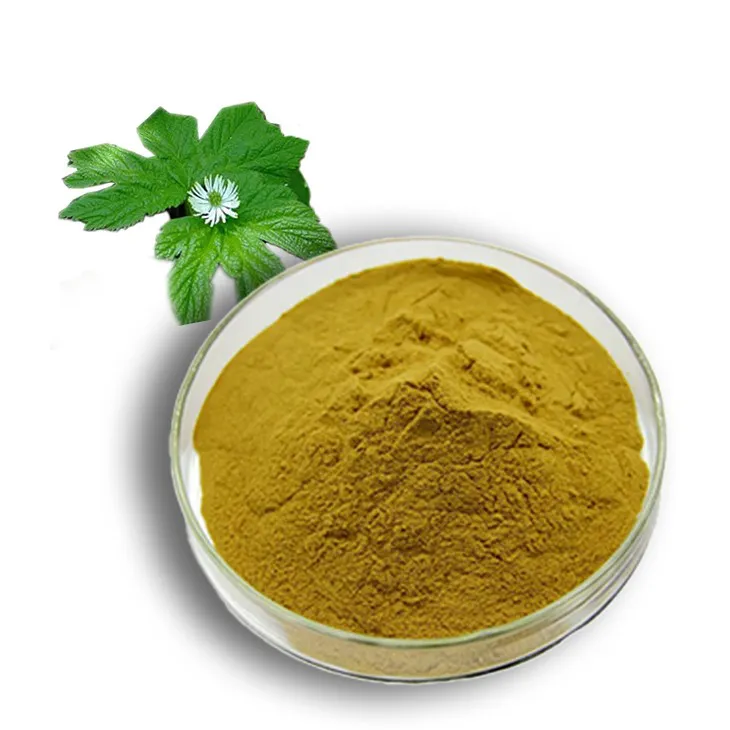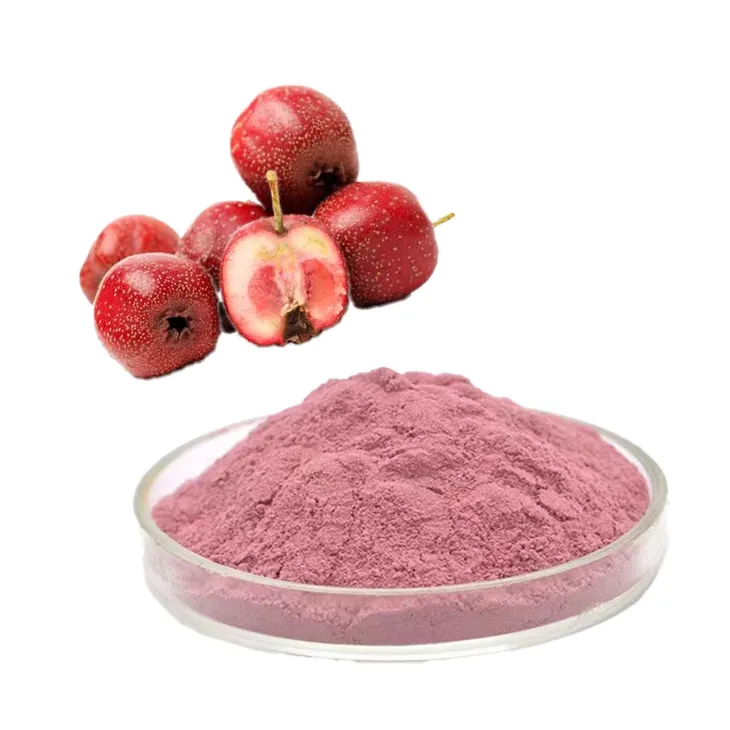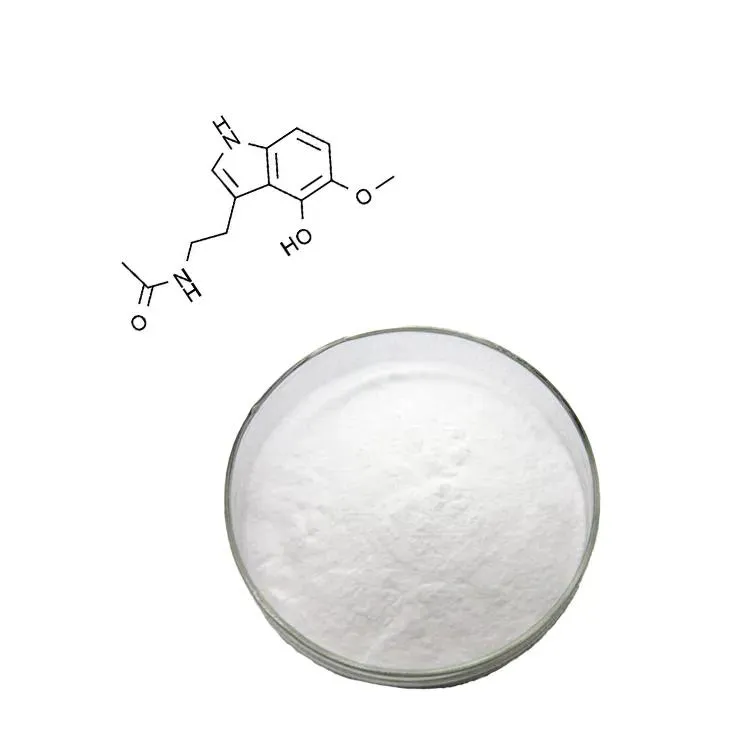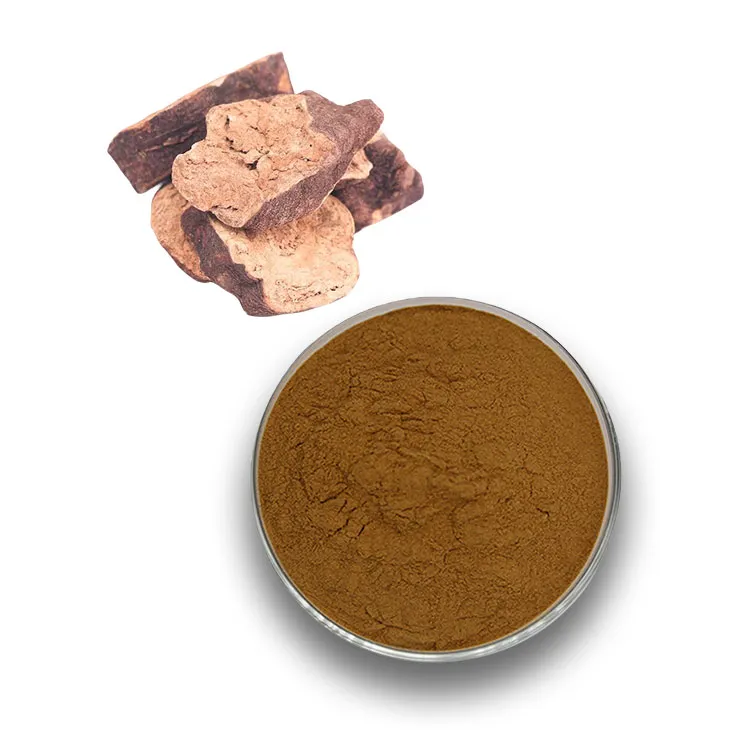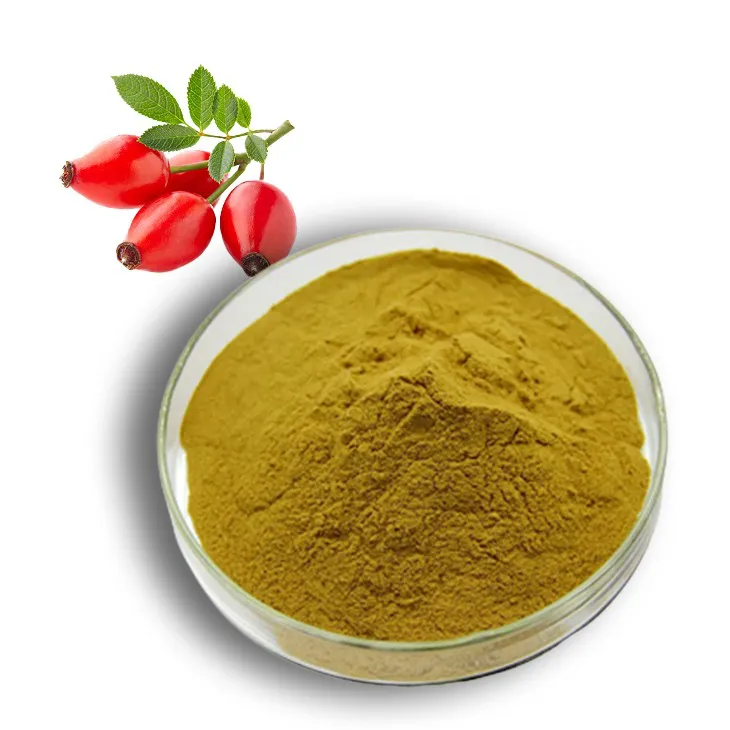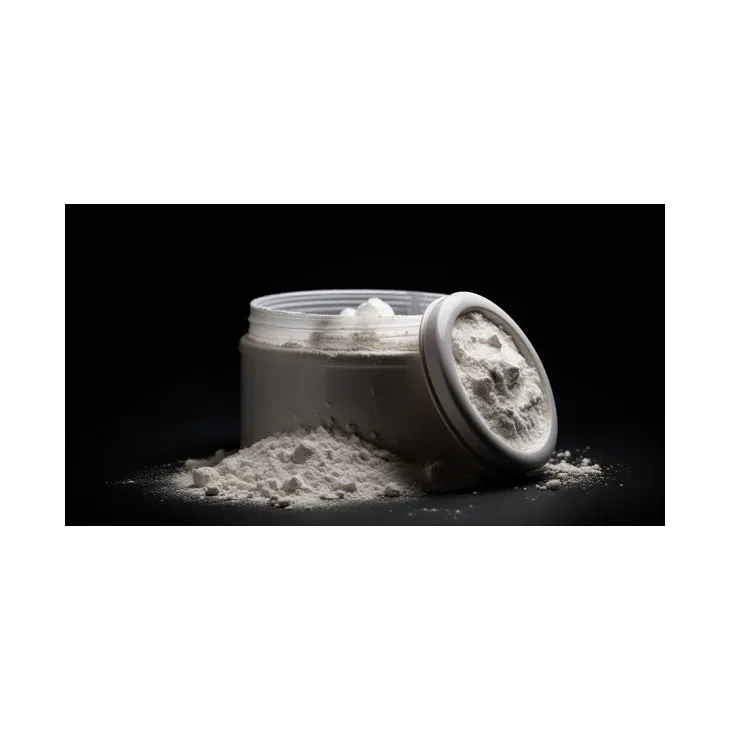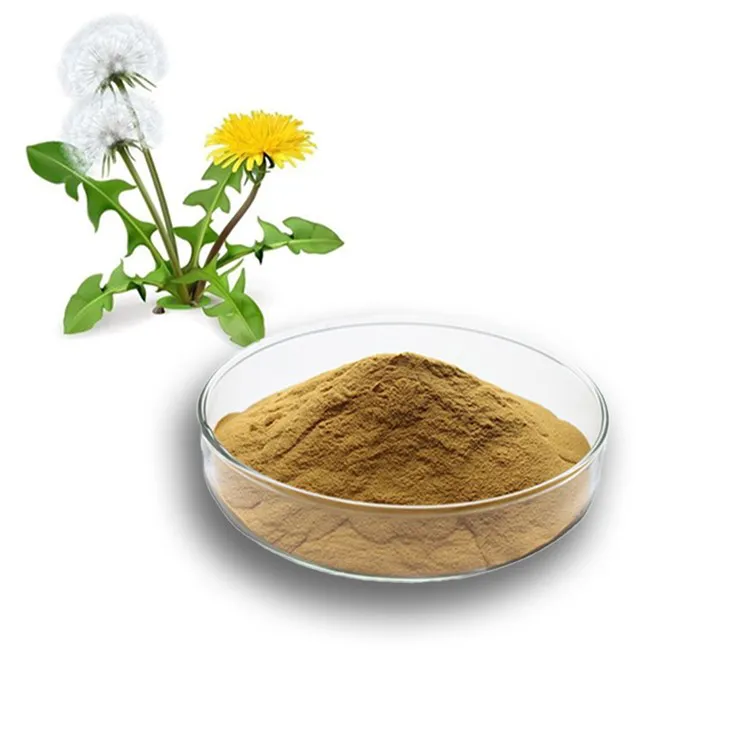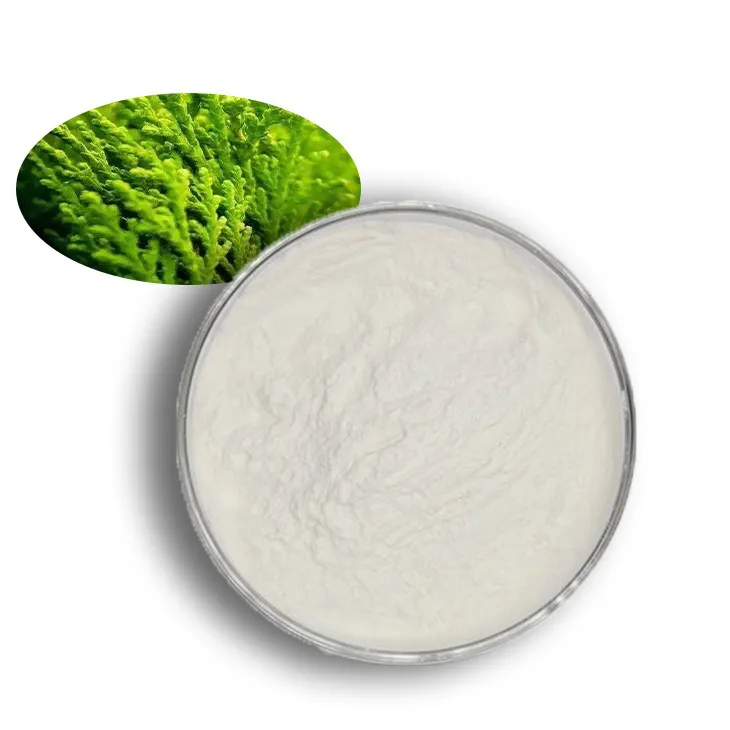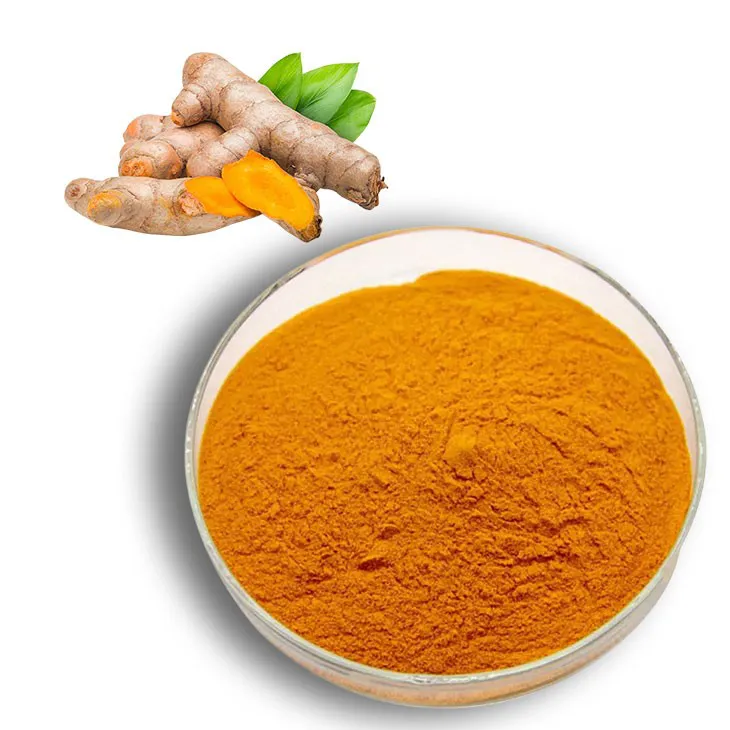- 0086-571-85302990
- sales@greenskybio.com
Rooted in Tradition, Blossoming in Modernity: Dandelion Root's Versatile Uses
2024-07-04
1. Introduction
The dandelion, often dismissed as a common weed, harbors a root with a wealth of uses that bridge the gap between tradition and modernity. Dandelion root has been an integral part of human knowledge for centuries, and its significance has only grown in recent times. This unassuming plant part has found its way into various aspects of our lives, from promoting health to enhancing the culinary experience.
2. Traditional Uses of Dandelion Root
2.1. In Herbal Medicine
For ages, dandelion root has been a staple in herbal medicine. In traditional systems such as Ayurveda and Traditional Chinese Medicine (TCM), it has been used to treat a variety of ailments.
- Digestive Health: Dandelion root was often used to improve digestion. It was believed to stimulate the production of digestive enzymes, thus helping the body break down food more efficiently. This was especially important in traditional diets where food sources were more natural and less processed.
- Liver Support: Another key traditional use was in supporting liver function. The root was thought to have a cleansing effect on the liver, helping to remove toxins. This made it a popular remedy for those who may have consumed contaminated water or food.
- Urinary Tract Health: Dandelion root was also used to promote urinary tract health. It was believed to act as a diuretic, increasing the production of urine and helping to flush out harmful substances from the body.
2.2. In Culinary Traditions
Dandelion root has also left its mark on culinary traditions around the world.
- Teas and Infusions: In many cultures, dandelion root tea has been a common beverage. It was often prepared by roasting the root and then steeping it in hot water. This tea had a unique flavor, sometimes described as earthy and slightly bitter. It was consumed not only for its taste but also for its perceived health benefits.
- As an Ingredient in Soups and Stews: Dandelion root was sometimes added to soups and stews. In rural areas, where food resources were scarce, dandelion root provided an additional source of nutrition. It added a distinct flavor to these dishes, often complementing the other ingredients.
3. Modern Applications of Dandelion Root
3.1. In the Health and Wellness Industry
In modern times, the health and wellness industry has embraced dandelion root with open arms.
- Nutritional Supplements: Dandelion root is now available in the form of nutritional supplements. These supplements are often promoted for their antioxidant properties. Antioxidants are important in combating free radicals in the body, which are associated with various diseases and the aging process.
- Detoxification Programs: Many modern detoxification programs include dandelion root. It is seen as a natural way to help the body rid itself of toxins. This is based on its traditional use for liver and kidney support, but now it is often part of more scientific - based detox regimens.
- Weight Management: Some studies suggest that dandelion root may play a role in weight management. It may help to increase metabolism and reduce water retention, which could be beneficial for those trying to lose weight. However, more research is needed in this area.
3.2. In the Culinary World
The culinary world has also seen new and exciting uses for dandelion root.
- Gourmet Cuisine: In high - end restaurants, dandelion root is being used in innovative ways. It may be used as a component in a complex salad, where its bitter flavor is balanced with sweet and tangy ingredients. Chefs are also using it to create unique purees and sauces that add depth of flavor to their dishes.
- Functional Beverages: Beyond traditional teas, dandelion root is now being incorporated into modern functional beverages. These beverages may combine dandelion root with other herbs, fruits, and superfoods to create drinks that are both delicious and nutritious.
4. Dandelion Root in Other Areas
4.1. Cosmetics and Skincare
Dandelion root has made its way into the cosmetics and skincare industry.
- Skin Cleansing: Extracts from dandelion root are used in some skin cleansers. They are believed to have antibacterial properties, which can help to keep the skin clean and free from acne - causing bacteria.
- Anti - Aging Products: Some anti - aging products contain Dandelion Root Extracts. The antioxidants in the root may help to reduce the appearance of wrinkles and fine lines by protecting the skin from free - radical damage.
4.2. Agricultural and Environmental Applications
Dandelion root also has significance in agricultural and environmental fields.
- Soil Improvement: Dandelion roots can penetrate deep into the soil, helping to break up compacted earth. As they grow and die, they add organic matter to the soil, improving its structure and fertility.
- Indicator of Soil Health: The presence or absence of dandelions can be an indicator of soil health. A healthy soil with the right balance of nutrients is more likely to support dandelion growth, so their presence can give farmers and gardeners an idea of the soil's condition.
5. The Growing Importance of Dandelion Root in Today's World
In today's world, where there is a growing interest in natural and sustainable products, dandelion root is becoming increasingly important.
- Sustainable Resource: Dandelions are abundant and easy to grow, making dandelion root a sustainable resource. Unlike some exotic plants used in traditional medicine or high - end cuisine, dandelions can be found in many regions, reducing the need for long - distance transportation and its associated carbon footprint.
- Consumer Demand: Consumers are becoming more conscious of what they put into their bodies and on their skin. The natural properties of dandelion root make it an appealing choice for those seeking alternatives to synthetic products.
- Research and Innovation: With ongoing research, new uses for dandelion root are likely to be discovered. This will further increase its importance in various industries, from healthcare to food and cosmetics.
6. Conclusion
Dandelion root, with its rich history of traditional uses and emerging modern applications, truly represents the seamless blend between tradition and modernity. Its versatility across different fields such as health, gastronomy, cosmetics, and agriculture is a testament to its potential. As we continue to explore and understand this humble root, it is likely to play an even greater role in our lives in the future.
FAQ:
What are the traditional uses of dandelion root?
Traditionally, dandelion root has been used in herbal medicine. It was often made into a tea to help with digestion. In some traditional practices, it was believed to have diuretic properties, helping the body to get rid of excess water. It was also used topically in some cases for skin ailments, as it was thought to have certain anti - inflammatory qualities.
How is dandelion root used in modern gastronomy?
In modern gastronomy, dandelion root is being used in innovative ways. It can be roasted and ground to make a coffee substitute, which is popular among those looking for caffeine - free alternatives. It is also used in some high - end restaurants in salads or as a unique ingredient in side dishes. Chefs are exploring its earthy flavor to add depth to their culinary creations.
What are the health benefits of dandelion root in modern medicine?
Modern research suggests that dandelion root may have several health benefits. It contains antioxidants that can help fight free radicals in the body. Some studies indicate that it may have potential anti - cancer properties, although more research is needed in this area. It may also help in liver function, as it seems to support the liver's detoxification processes.
Can dandelion root be used in beauty products?
Yes, dandelion root can be used in beauty products. Due to its anti - inflammatory and antioxidant properties, it is sometimes included in skincare products. It can be found in some creams and lotions aimed at reducing skin redness and improving overall skin health. It may also be used in hair products, as it is thought to promote a healthy scalp.
How is dandelion root cultivated for its various uses?
Dandelion root is relatively easy to cultivate. It can be grown in a garden or even in pots. It prefers well - drained soil and plenty of sunlight. For medicinal and gastronomic uses, it is important to ensure that the dandelions are grown in a clean environment, free from pesticides and other contaminants. They are usually harvested when the roots are mature, which is typically after a few months of growth.
Related literature
- The Traditional and Modern Uses of Dandelion Root in Herbal Medicine"
- "Dandelion Root: A Versatile Ingredient in Modern Gastronomy"
- "Health Benefits of Dandelion Root: A Review of Modern Research"
- ▶ Hesperidin
- ▶ Citrus Bioflavonoids
- ▶ Plant Extract
- ▶ lycopene
- ▶ Diosmin
- ▶ Grape seed extract
- ▶ Sea buckthorn Juice Powder
- ▶ Fruit Juice Powder
- ▶ Hops Extract
- ▶ Artichoke Extract
- ▶ Mushroom extract
- ▶ Astaxanthin
- ▶ Green Tea Extract
- ▶ Curcumin
- ▶ Horse Chestnut Extract
- ▶ Other Product
- ▶ Boswellia Serrata Extract
- ▶ Resveratrol
- ▶ Marigold Extract
- ▶ Grape Leaf Extract
- ▶ New Product
- ▶ Aminolevulinic acid
- ▶ Cranberry Extract
- ▶ Red Yeast Rice
- ▶ Red Wine Extract
-
Kupilu Extract
2024-07-04
-
Golden Seal Extract
2024-07-04
-
Hawthorn powder
2024-07-04
-
melatonin extract
2024-07-04
-
Polygonum multiflorum extract
2024-07-04
-
Rose Hip Extract
2024-07-04
-
Aminolevulinic acid
2024-07-04
-
Dandelion Leaf Extract
2024-07-04
-
Carrageenan Extract Powder
2024-07-04
-
Curcuma Longa Extract/Turmeric extract
2024-07-04











